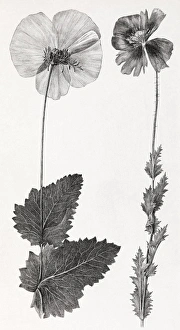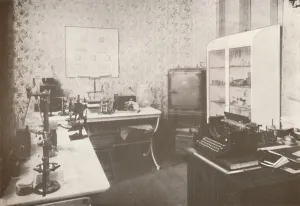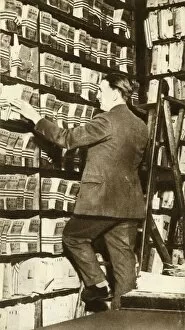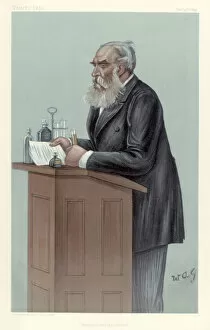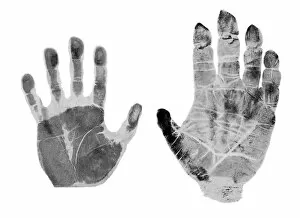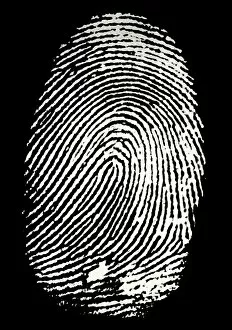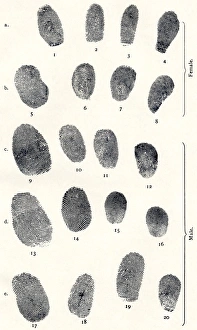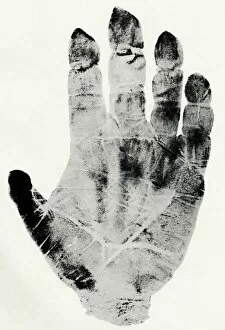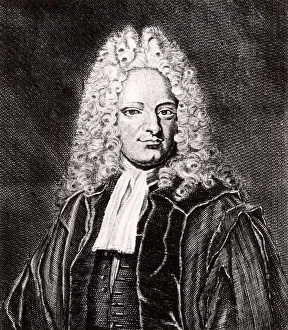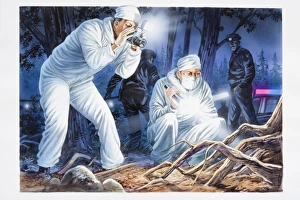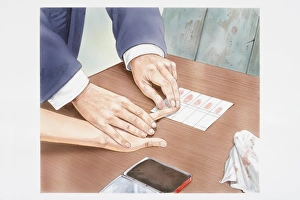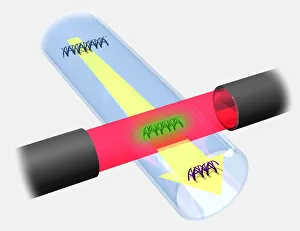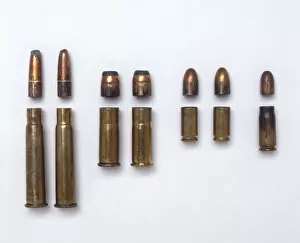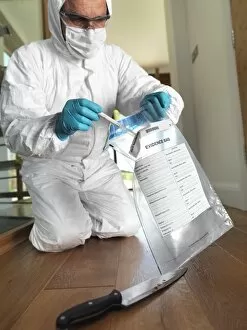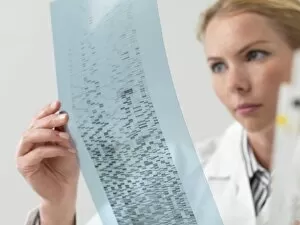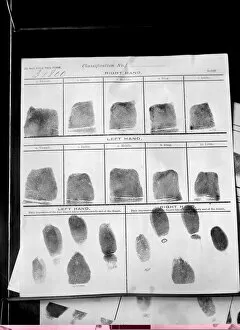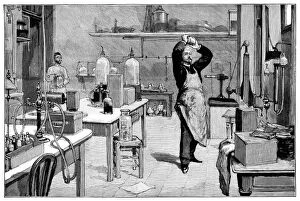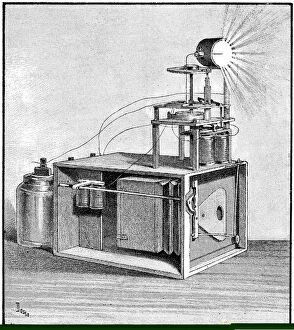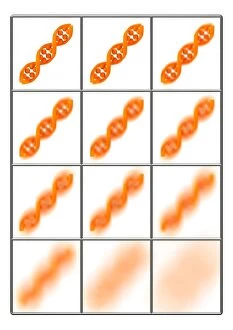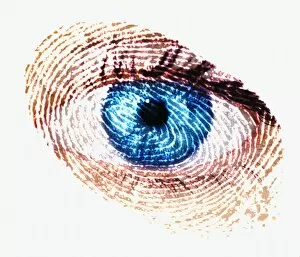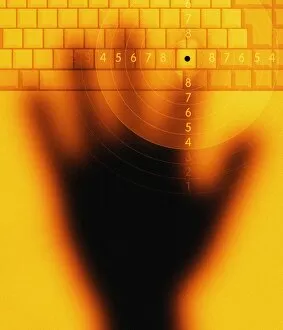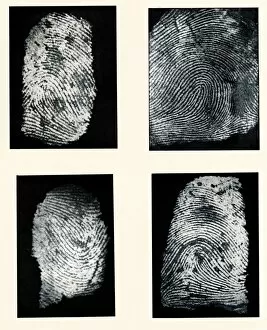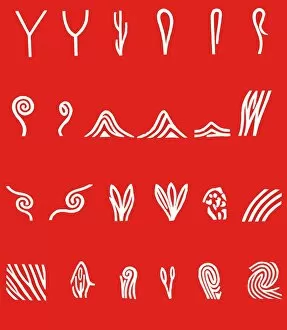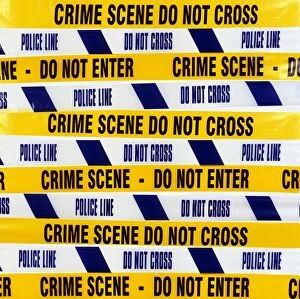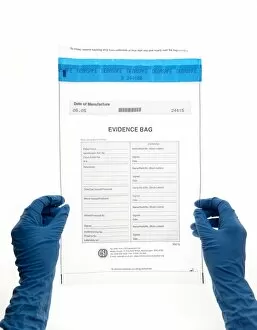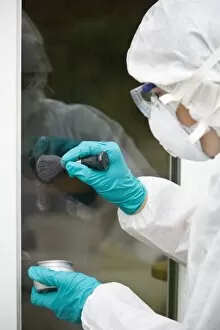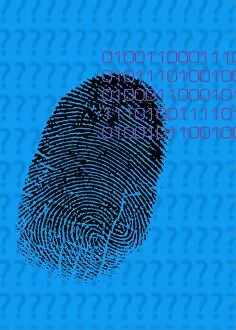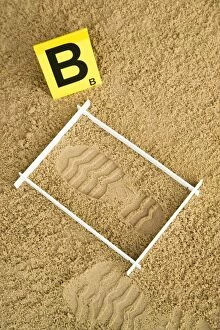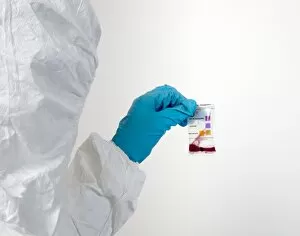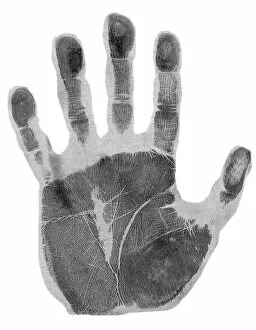Forensic Science Collection
"Unraveling the Mysteries: A Journey through Forensic Science" Step into the world of forensic science, where art and investigation intertwine
All Professionally Made to Order for Quick Shipping
"Unraveling the Mysteries: A Journey through Forensic Science" Step into the world of forensic science, where art and investigation intertwine. From the delicate brushstrokes of Poppy, a 19th-century artwork that captures the essence of crime scenes, to the groundbreaking Police Bacteriological Laboratory in 1914, this captivating field has evolved over time. Delve into chilling tales like that of Edward Pritchard, a Scottish murderer whose deeds were uncovered by meticulous forensic analysis. Witness historical images showcasing fingerprints as an invaluable tool in criminal investigations – from Scotland Yard's Index of fingerprints dating back to 1912 to unknown creators who immortalized this technique in 1935. Meet Auguste Ambroise Tardieu, a French doctor and forensic scientist whose work paved the way for modern criminology. Explore Paris' Municipal Chemistry Laboratory within its police prefecture walls in 1887 – an emblematic hub for scientific breakthroughs. Immerse yourself in Sherlock Holmes' world as you encounter a silhouette wearing his iconic deerstalker hat. This legendary detective tirelessly worked on chemical investigations during his adventures – inspiring countless real-life investigators along the way. Discover Thomas Stevenson's contributions as a British forensic scientist in 1899; his expertise played a vital role in solving complex cases. Analyzing black and white evidence with precision became their signature move – piecing together puzzles that would bring criminals to justice. Finally, picture yourself at a bloodstained car scene - one snapshot representing countless hours spent analyzing every detail meticulously. The realm is not only about catching culprits but also providing closure for victims and their loved ones. Forensic science continues to evolve and adapt with each passing day - driven by passionate individuals committed to unraveling mysteries hidden within crime scenes. It remains an indispensable pillar supporting our pursuit of truth and justice.

